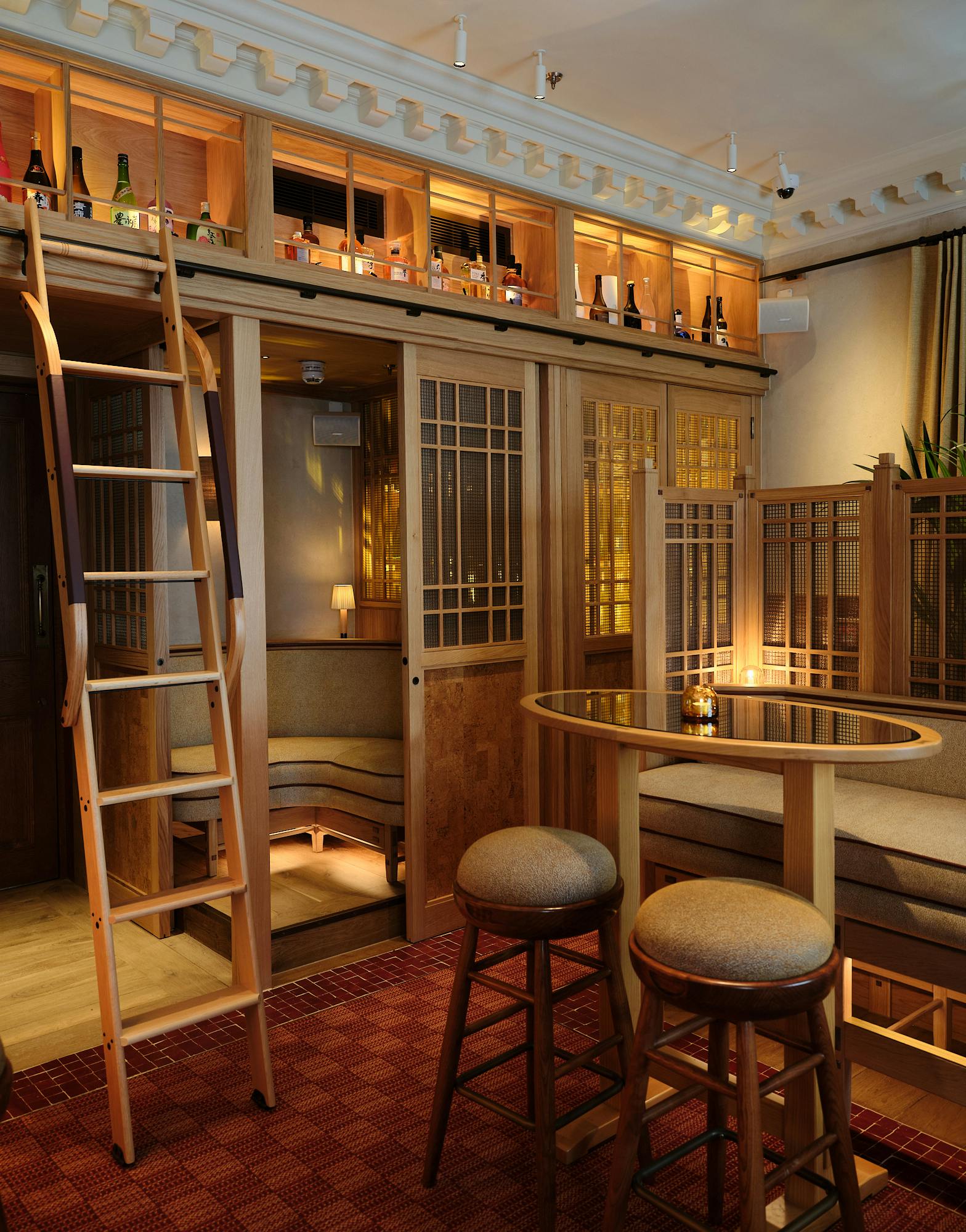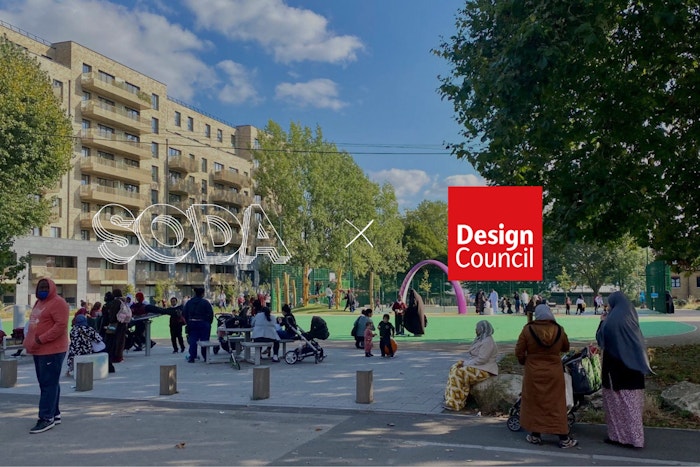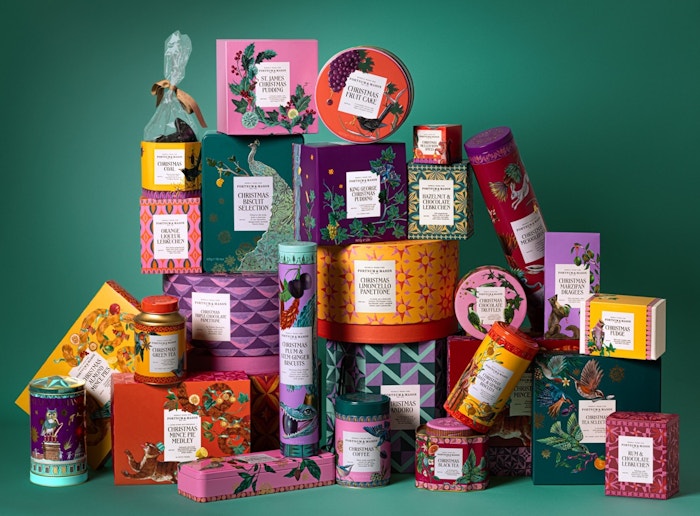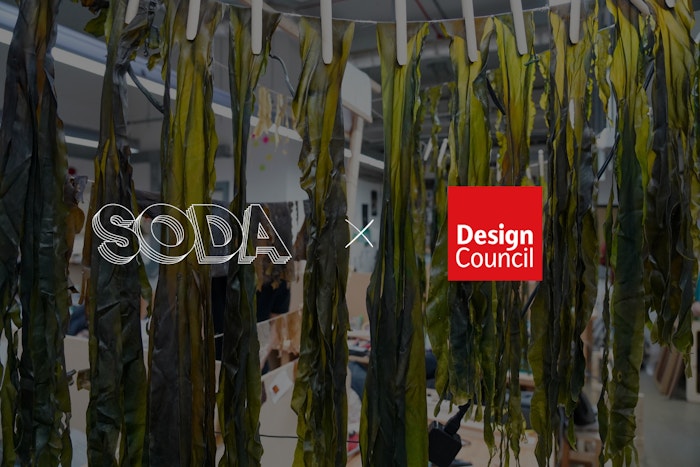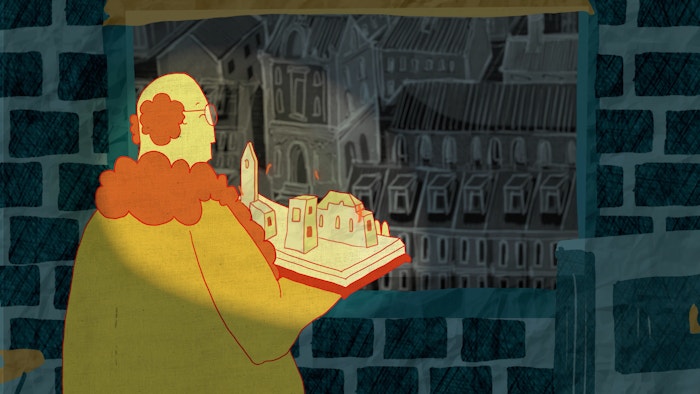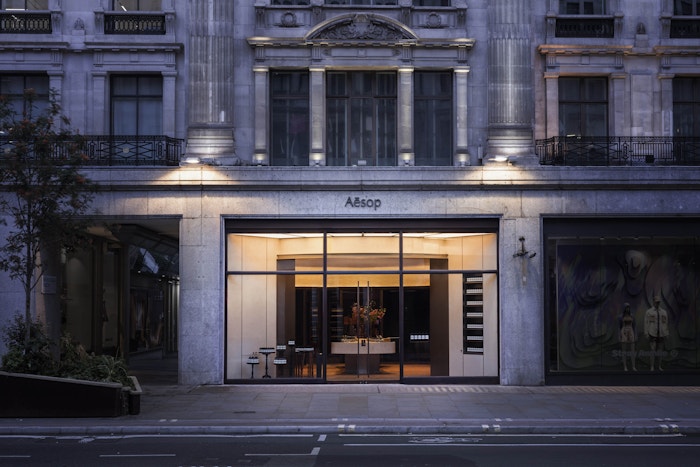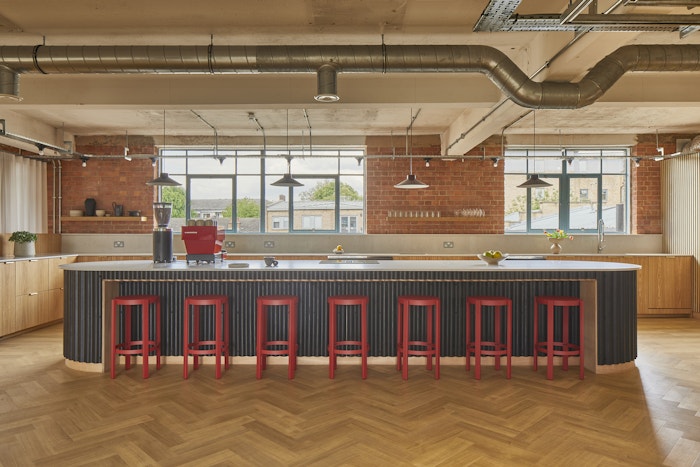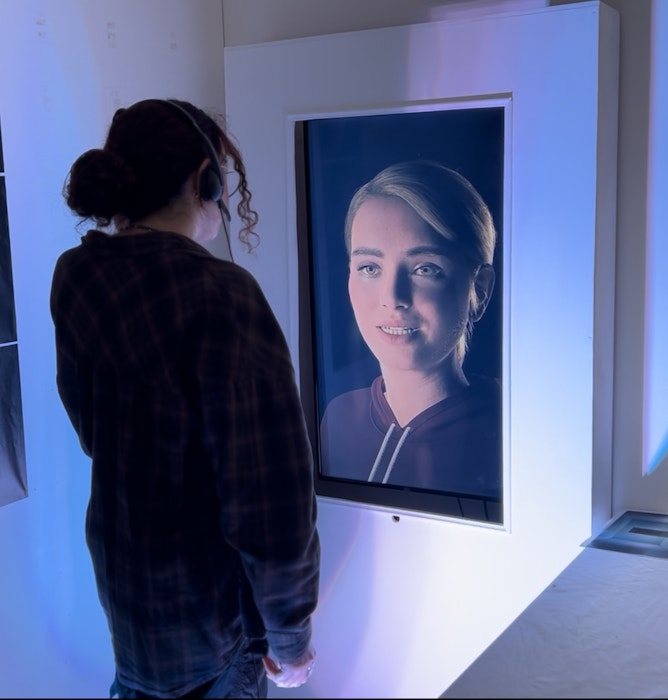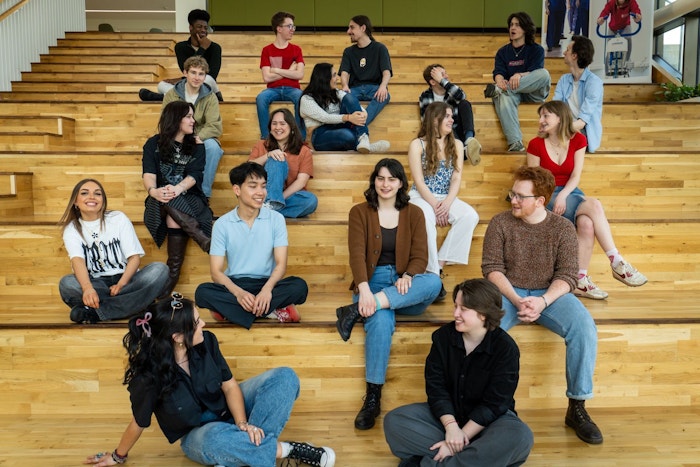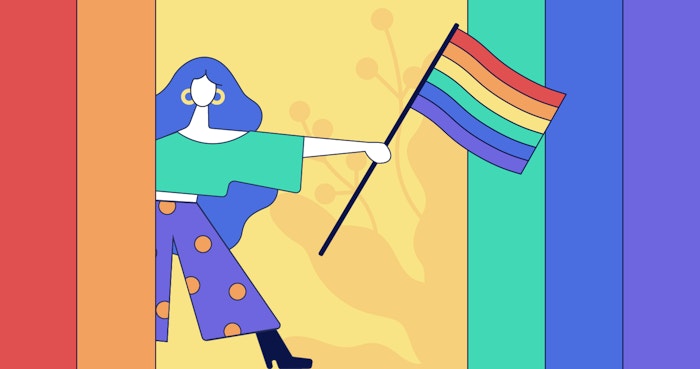Words by SODA team
13 Aug 2024
Meet the Grad: Glasgow School of Art's Elle Crawley
SODA's Meet the Grad series will run throughout the summer, showcasing our favourite final year projects from students across the UK.
Can you explain your project and what motivated you to do it ?
My project, “Digital Doppelgänger,” is an interactive installation that explores the intersections of identity, technology, human experience, and video games. The motivation behind this work stems from my fascination with how digital spaces can be used to extend our presence and identity beyond the physical world. Another big factor is that AI has become such a contentious and hot topic in the media, especially in the art world. I wanted to try to use this technology in a way that could highlight the potential of AI in creative practices without it replacing the idea of what an artist is or their work.
In “Digital Doppelgänger,” I invite audience members to engage with an AI model designed to resemble my appearance, voice, and personality. This interaction prompts participants to explore the concept of living posthumously through digital avatars. By interacting with this digital version of myself, viewers can experience how technology might maintain and extend a part of our essence beyond our physical existence.
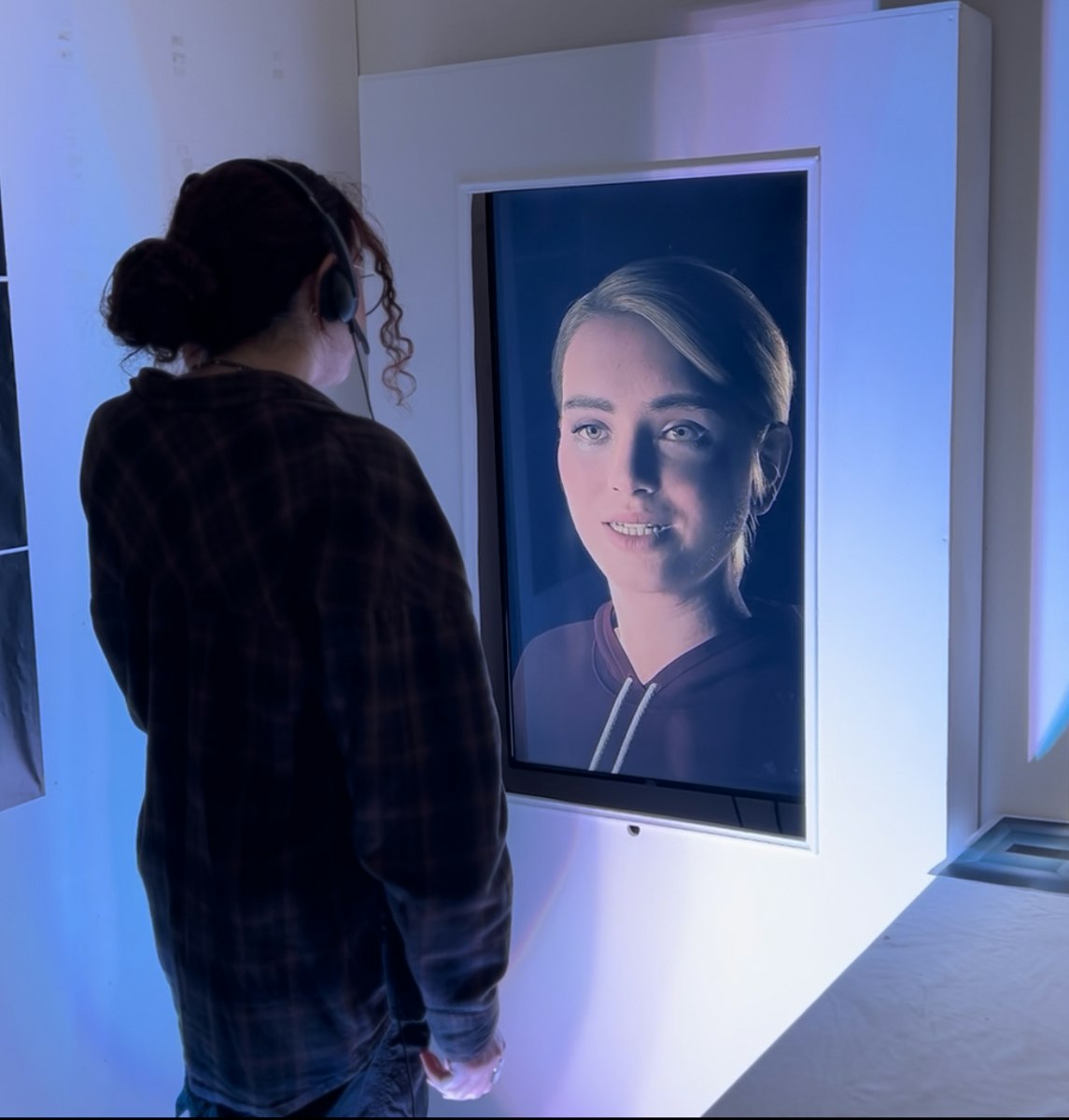
The project aims to spark discussions about the nature of identity and consciousness, examining whether interacting with a digital replica feels like engaging with a real person or a machine. By humanising AI with traits and emotions, “Digital Doppelgänger” challenges viewers to consider the ethical and philosophical implications of creating machines that mirror human behaviour and responses.
Ultimately, the installation invites reflection on how digital doubles could transform our understanding of presence, continuity, and humanity in a digital age. It encourages viewers to contemplate the future of AI, the potential.
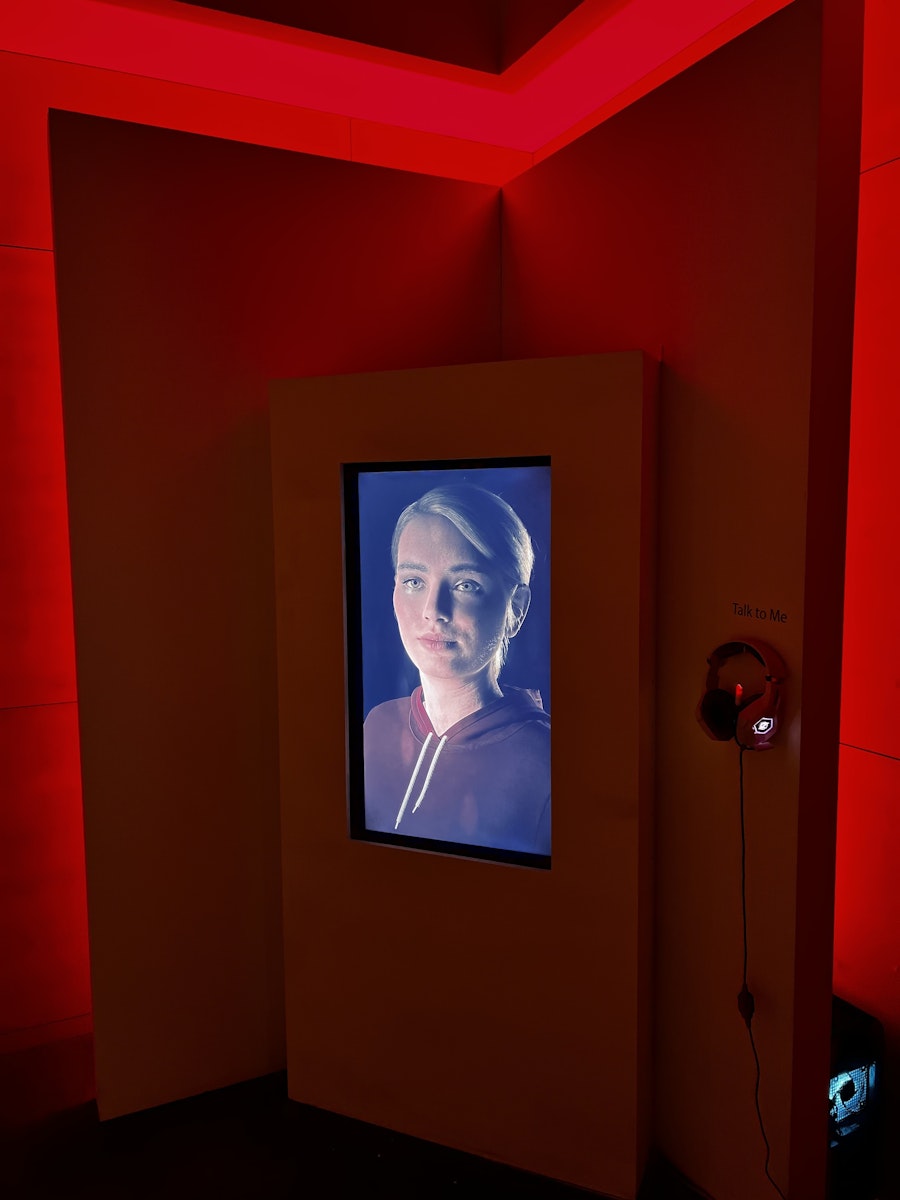
What challenges did you encounter and how did you overcome them?
The main challenge I faced during this project was how to humanise something artificial. What does it mean to be human, and how can I make an artificial being look, feel, and react like me? Over the past year, the 3D model evolved significantly as I worked to make the AI as lifelike as possible, accurately reflecting my personality and physical features. This was crucial to exploring the possibility of living posthumously through digital doppelgängers.
Ensuring the AI captured the nuances of my personality and appearance was essential. I consulted with close friends and family to identify key characteristics that best represented me. They were able to point out certain traits and nuances that I hadn’t realised were missing because I’m so used to them being normal to me. Their insights helped me incorporate these essential details into the AI to truly capture my likeness.
By integrating these nuances into the design, I created a more natural and accurate representation of myself. This collaborative approach, combined with continuous iteration and feedback, helped me overcome the challenge and develop an AI model that felt authentically human.
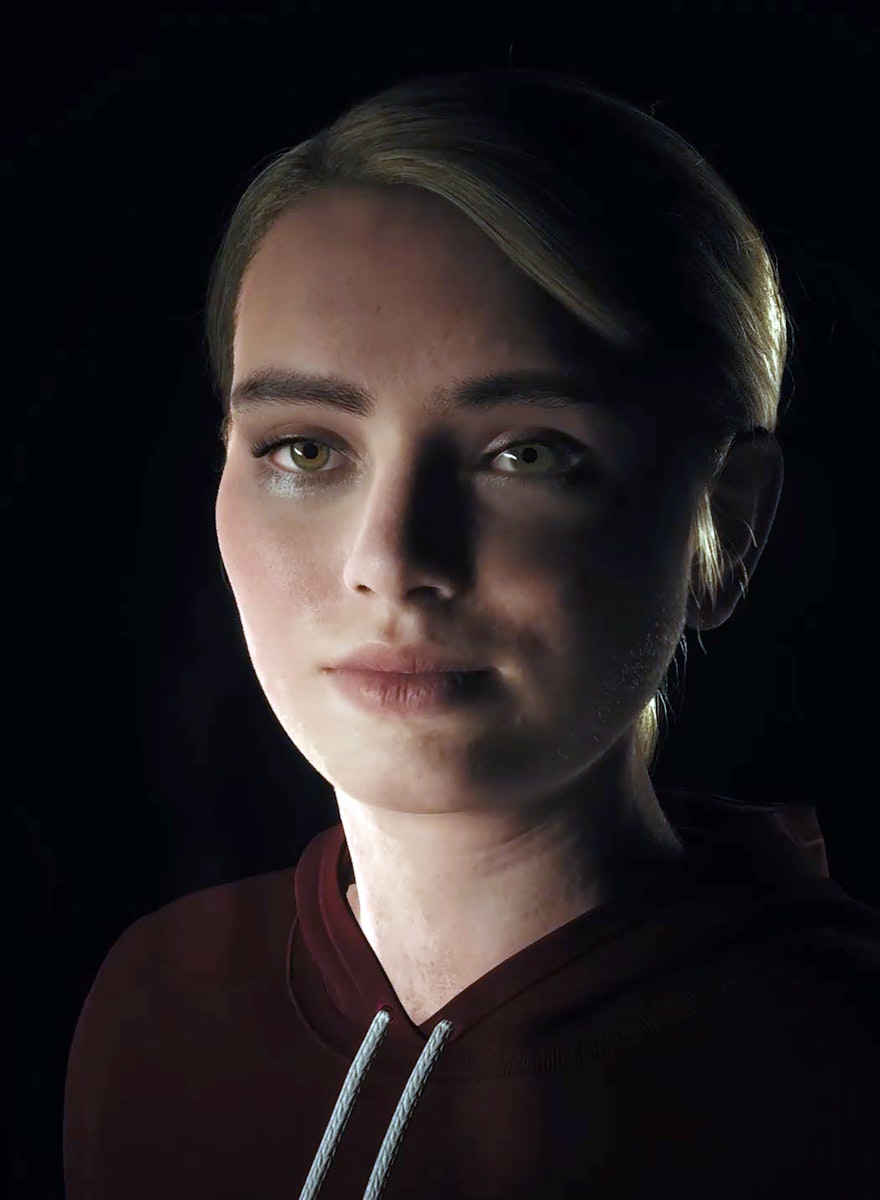
Subscribe To Our Newsletter
Catch up on all the latest news from State Of Design Affairs right in your inbox.
What made you want to study design?
I got into design because I have always enjoyed working with technology and exploring digital spaces, especially given how rapidly technology evolves and develops. The interaction design course particularly drew me in because it allowed me to investigate how I could use a range of technology and digital media for creative purposes. I have a passion for blending the real world and the digital, creating innovative and engaging pieces.
Video games and sci-fi movies have significantly influenced my interest in technology, driving me to push the boundaries of what is possible. I love exploring rich themes through various mediums, such as augmented reality, virtual reality, processing code, and projection mapping. Additionally, my fascination with museums featuring interactive components has deeply impacted me. I believe interactive exhibits create a stronger connection and engagement with the audience, and I aim to incorporate similar impactful experiences in my work.

Where do you see your design career going in the future/what is your dream job?
Looking to the future, my dream job would involve continuing to push the limits of interactive design and technology. I aspire to work in a creative environment where I can develop immersive and engaging digital experiences, blending art and technology. Whether it’s through video games, interactive installations, or cutting-edge museum exhibits, I want to create work that captivates and inspires audiences, exploring the intersections of identity, technology, and human experience.
- Words by Abbey Bamford
